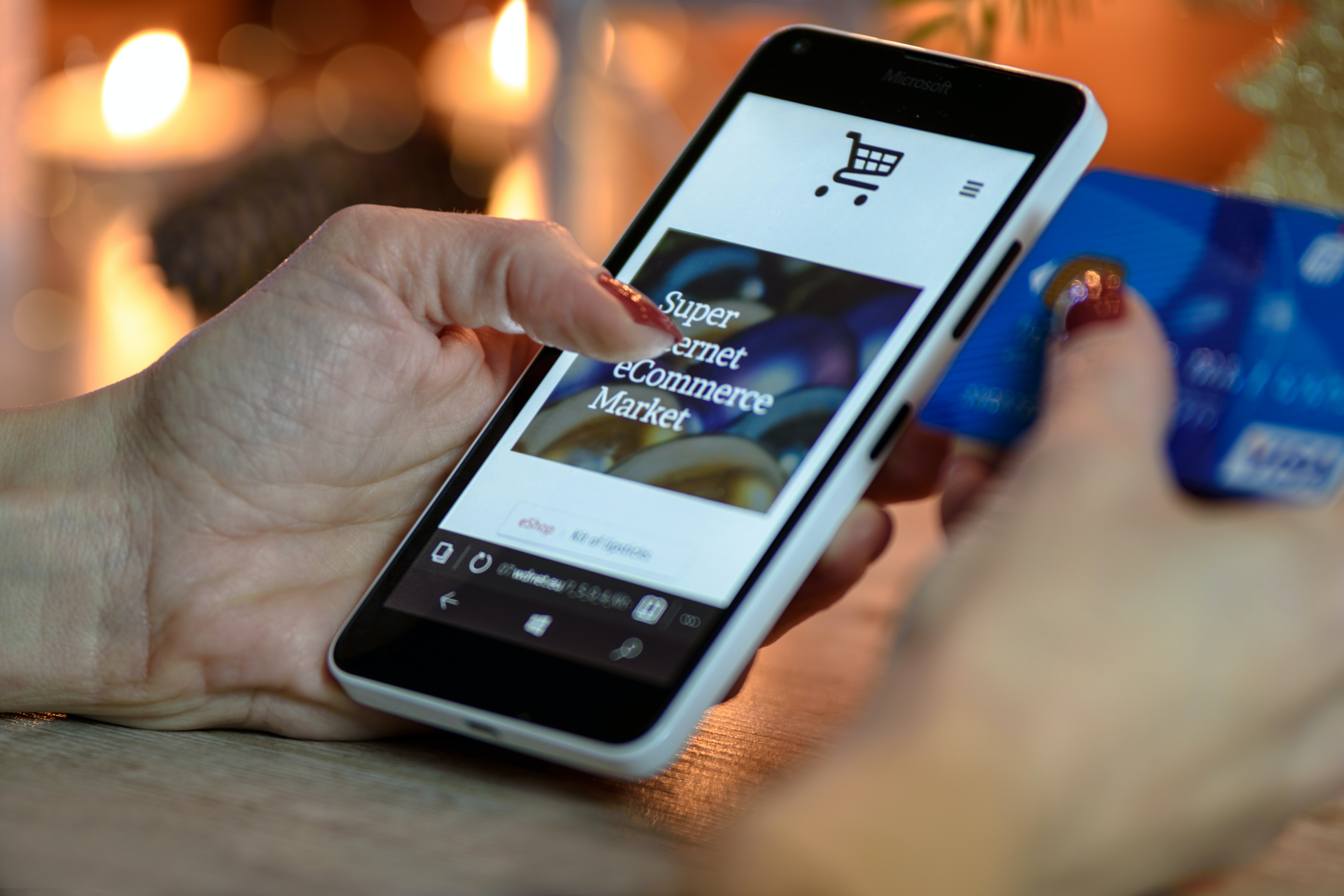Investing in contactless technologies is now a lot easier than before, and there are plenty of ways to consider them for your retail business.
The pandemic permanently changed a lot of aspects of business, including the way we pay for things. Most of today’s customers prefer paying with touchless methods and expect retail stores to accept contactless payments. Contactless has become the payment method in many areas of the world, and the trend also indicates an increased interest by more retailers.
From a different perspective, retailers are stepping into new territory with these contactless payments. They are adopting a new concept that is inviting for consumers but also one that drives cross-selling and promotes brand loyalty.
The benefits of contactless payments, besides customers, also stretch out to businesses. Easy to set up, this option makes creating a merchant account simple and easy, allowing customers to shop easily and with no restraints. Plus, the fact that cash is still an option shows that customers are still dictating the methods they use to pay, and businesses are only aligning to the multiple flexible payment solutions.
Below, we are talking more about contactless retail and some of the ways retailers can embrace this method to stay relevant in this new era.
- Cash apps
Contactless payments are on the rise because of the rise of apps – customers use cash apps more than ever before. Venmo, Apply Pay, and Cash App are only some examples of app-based financial services that make shopping easy. All of these apps support the idea of contactless payments, removing the need to take out a wallet, go through cash or wait for change.
Another aspect of cash apps is the fact that they guarantee return customers. Shoppers that use contactless payments and cash apps are more likely to continue and spread the adoption of the feature – immersed in it, they will likely recommend it to their close circles.
- AR & VR
The future of retail is a very interesting concept that is being explored by many brands. For now, for the most part, is retailers looking to impress shoppers with augmented reality (AR) and virtual reality (VR) – for instance:
- Presenting smart mirrors with voice-activated tech allowing for shoppers to browse fashion looks and take selfies (H&M, Sephora, L’Oreal)
- Launching what’s known as virtual showrooms, where brands display products along with elements that combine video and still elements (Ganni, LG)
- Enabling virtual shopping with technologies such as lenses that allow customers to virtually try shoes or envision a space (Gucci, B&Q)
- Improved asset tracking, where the focus is on stock accuracy – or in other words, retailers knowing what products they have in stock in real-time
Contactless payments are only one of the unique technologies that can tie in with the above-mentioned, as well as potential innovative concepts that not only engage customers but also capture data to fuel a real transformation of the shopping experience.
- Scan-and-go
The scan-and-go technology is not new – in fact, it first appeared in the 1980s when shoppers carried handheld scanners around the store with them, scanning each item as they put it in the cart.
The new generation of scan-and-go puts focuses on QR codes and a technology that ramps up the efficiency of retail stores. Some of the top retail trends lately indicate a surge of scan-and-go handheld scanners connected with a simple app that is located on consumers’ smartphones. Retailers have what they need to take it to the next level. Without investing in scanners, they can create a more efficient shopping experience.
The benefits of scan-and-go also include the possibility of linking with AI technology, AR, as well as personalized ads to further tailor the customer experience. Proximity-based advertising can also push out notifications to their phones, adapt displays, and include offers to their individual preferences.
- Self-service kiosks
A self-service kiosk is a great way for retailers to reduce queues and give shoppers a unique way to pay for things. The concept allows customers to scan products across categories, placing various touch-free terminals where they can simply tap their card and make payments without needing the help of a cashier or touching any device.
Highly customizable and with a massive potential to be used in many situations, self-service kiosks are already deployed in many aspects of retail, but other technologies are as well. While the idea is to use them to sell goods, they can also be deployed to inform customers about offers (ex. financial organizations using them to present details on their personal loans and make applying for one easy, etc.). They certainly elevate the customer experience, speeding up many processes but also increasing the average spend per person.
- Contactless food deliveries

Delivery driver graphic; image courtesy of mohamed_hassan via Pixabay, www.pixabay.com
Contactless delivery is a model that gained popularity over the past decade. It is directly inspired by contactless payments, making food deliveries a breeze by placing the order outside the customer’s doorstep to eliminate any kind of physical contact.
While COVID-19 has brought an unprecedented change in human behavior and pushed this technology further, contactless food deliveries are here to stay because of two main things: the fact that social distancing is part of the new normal and the technology’s dependence on e-commerce.
Final thoughts
Contactless is a technology that came quickly and changed the world as we know it, providing a seamless payment experience while reducing the need for manual reconciliation.
Investing in contactless technologies is now a lot easier than before, and there are plenty of ways to consider them for your retail business.


Join the conversation!